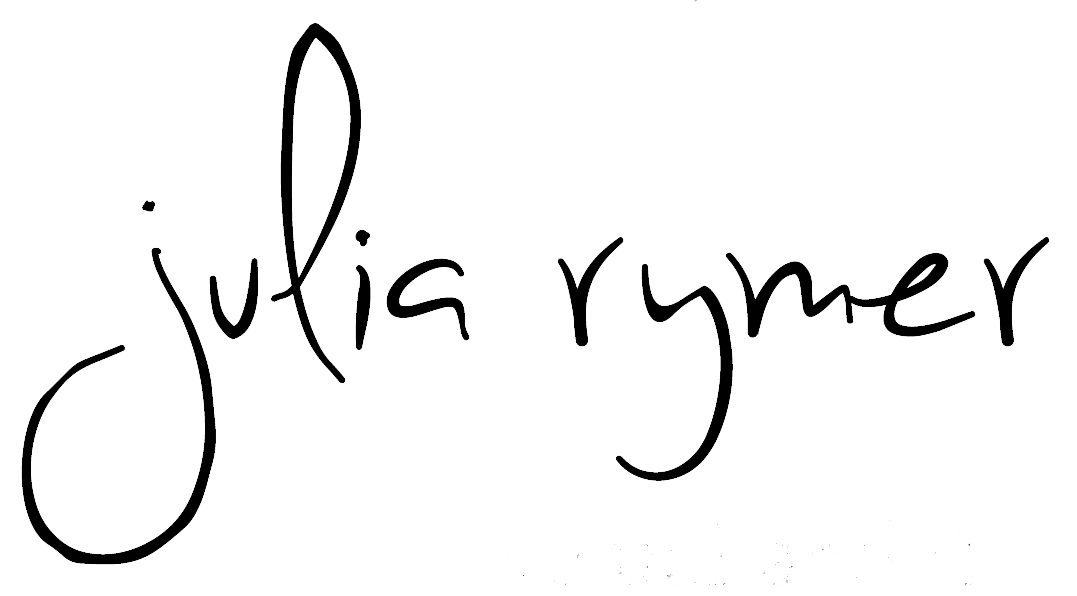
Painting is slow. It requires time, and attention, and engagement. Painting is without algorithm or artificial intelligence; rather, it is the most human of intelligence. It is the oldest intelligence, begat from the hands of ancient peoples, tens of thousands of years ago, on cave walls.
There is something pure about paint on a surface, something primal that speaks to this origin of the first homo sapiens and Neanderthals painting with earth pigments and animal fat in hidden passages. It is this ancient quality, and its slowness, that attracts me to painting. The images I create are not a far cry from those ancient paintings. Their work was a response to the world they lived in; so is mine.
Analog, the series, emerged out of a need to slow down, to simply work and be, like the ancient paintings. Contemporary life is fast, and electric, and I often feel as if I have been propelled down a highway at 70 miles an hour because I have. I am the mother of two young children, and I work as an artist, art educator and entrepreneur. This is the reality of my life, and it does not filter into my work so much as marinate me in it. After years of working intensely, I recently got to a breaking point—I couldn’t make art that was agonizingly hard anymore, or that was a response to our culture and society. I needed time to think about the painting, to love the creation of the work, and embrace it where it is. I needed to go back to the essentials of creating: to simply make colorful, soft, emotive abstract paintings that reflect the wonder I experience as a human being and in nature.
This body of work comes out of considering the place of art and specifically, painting: to be analog, in a digital world. “Analog” in this sense refers to a return to older technology. Do not forget that there was a time when a paintbrush was technology. It holds the same power now; it simply requires a different kind of interaction with the viewer. It holds true in much the same way that a record requires more physical engagement: the listener cannot simply tell an Artificial Intelligence to play a song, they must find the record, place it on the turntable, gently lay the needle on the record, and then, after one side has played, do it again for the other side. The act of listening is slower, requiring effort. Such is the act of looking at painting. You can look at a painting in passing, but you won’t get much from it. That’s why staring at artwork on Instagram can feel empty in a way that going to a museum, gallery or artist’s studio does not. For the latter, effort is required, making the experience more meaningful.
The same could be said for the act of painting. Taking time with the paint, the shapes, the color relationships, the structure of the work, makes the painting feel more meaningful and authentic. It is slower and takes more attention for me, because I am not an automaton pumping out identical paintings. Each piece is a journey, a discovery, an iteration on a theme. I think of my work as research; as Josef Albers spoke of his work, “All my painting is actually study. The longer I do it, the more and more it is endless.”
My work is a reflection of all that I am, all that nature is, and all the wonder that exists in our universe. But, I boil it all down to an essence of mark and form and color, leaving only trace references to nature. Everything is abstract. That is the point.
We live in an overwhelming, over-connected culture and react to it daily, hourly, in minute increments, constantly. Everything is curated for us, and demands our attention, and we have no time or place to just be. Our newsfeeds never reach the end, as there is no end to the scroll.
This body of work asks if art must replicate the digital overload we already experience on a constant basis. Instead, because our world is connected and fast, could art possibly exist in contrast of – or outside of – that experience? What if art was a break from that speed and intensity of our everyday, over-connected lives? What if art gave you the same sense of peace as you feel after a yoga class or meditating or walking in the woods? What if art was a place to diffuse, rather than jar your senses? What if art was softly feminine, joyful or beautiful, unapologetically?
These are the many questions I now ask as an artist existing today. This body of work comes from my own needs as a human. My work is contemporary, even if it uses slow technology, even if it is “analog” in a digital world. My paintings harken back to a primal, rooted part of us as human animals, a part that is still there, but buried by evolution and speed and technology. My paintings transcend time and space, and center themselves in the human essence of existence: slow, deliberate, and real.

Recent Comments